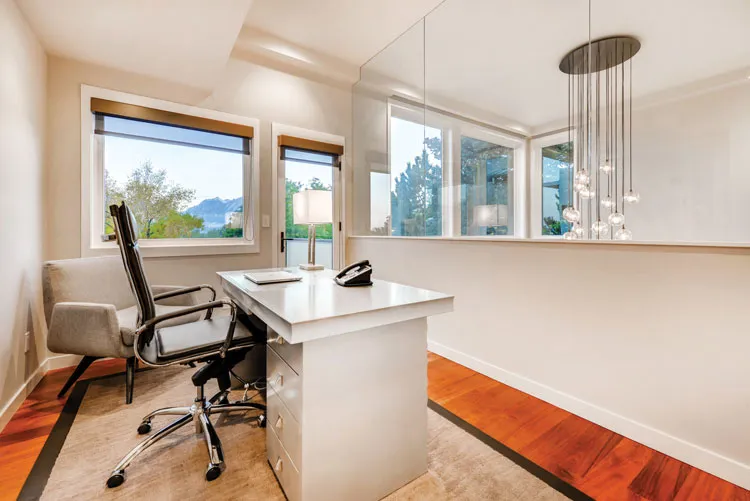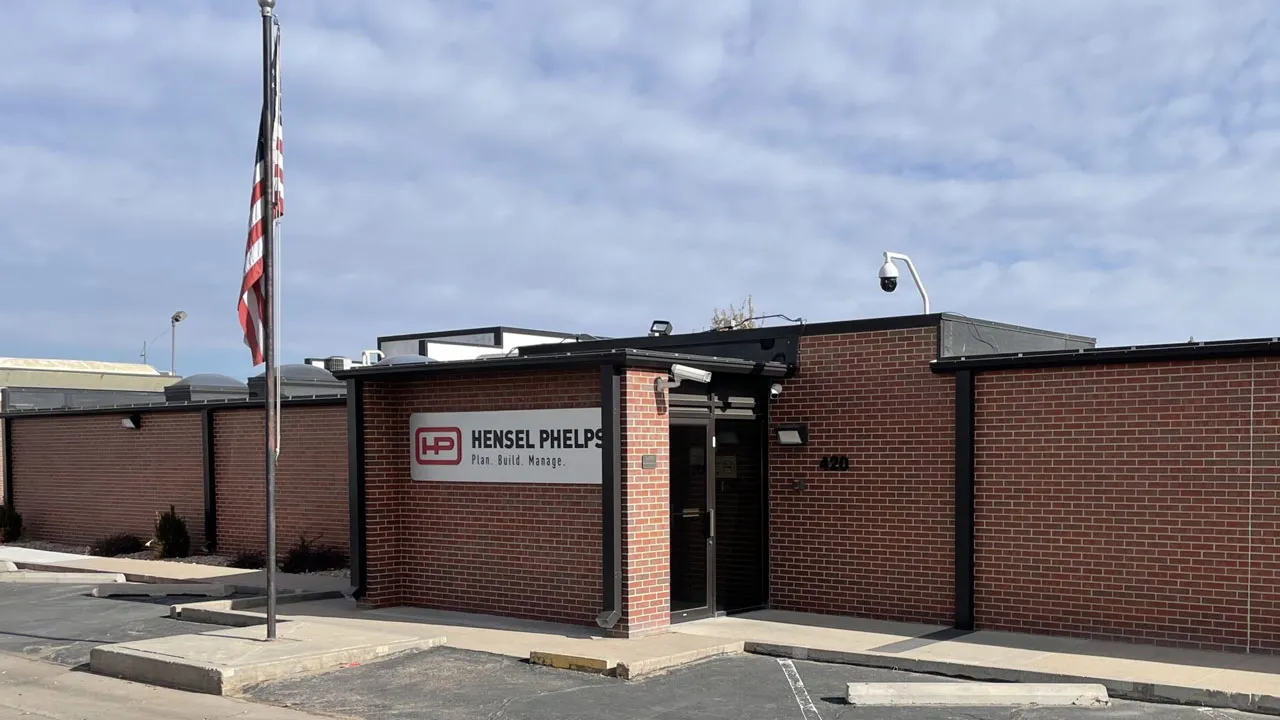Be it fancy or humble, there’s no place like home office

It used to be a storage room, an attic, the spare bedroom in the basement, or even a backyard shed. In more upscale homes, it used to be a parlor or a drawing room.
Now it’s an office.
Even as the COVID-19 pandemic wanes, more professionals are finding that home is where the work is. And because so many realize that telecommuting will be the new normal, they want that workspace to be a lot more functional than a laptop on the kitchen table.
Home renovation had tailed off dramatically during the height of the…
THIS ARTICLE IS FOR SUBSCRIBERS ONLY
Continue reading for less than $3 per week!
Get a month of award-winning local business news, trends and insights
Access award-winning content today!





